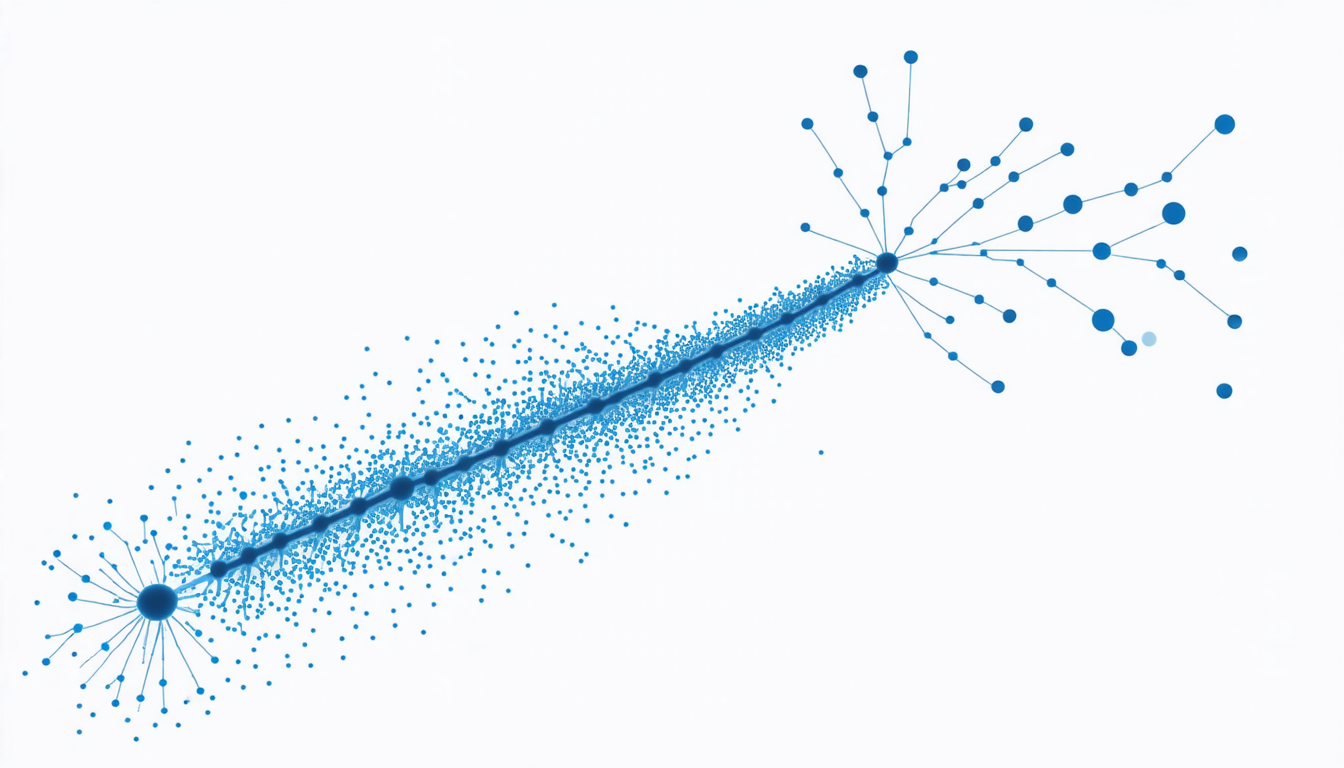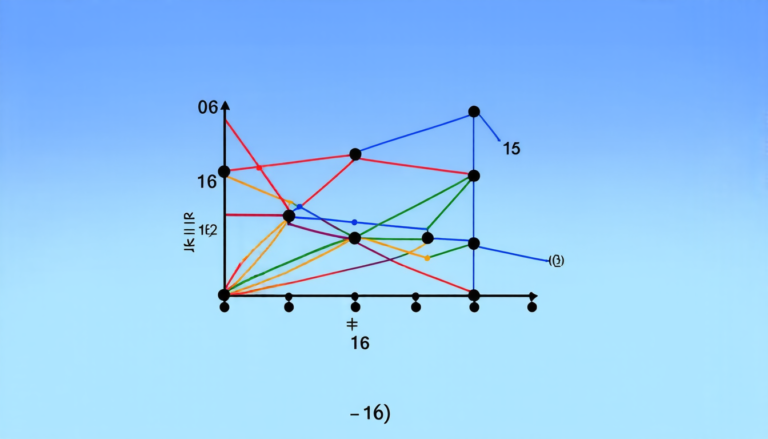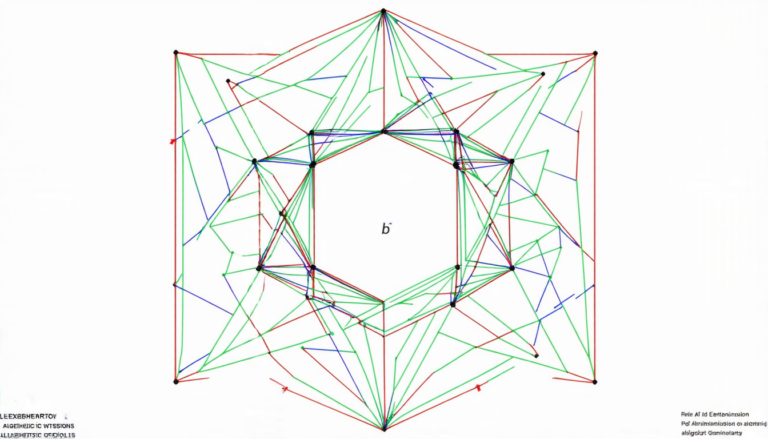Friday 26 September 2025
The movement of biological species is often influenced by specific chemicals, which play a crucial role in various biological processes. Chemotaxis, the movement of cells or organisms towards or away from chemical signals, is a fundamental process that has been studied extensively in fields such as biology and ecology.
Recently, researchers have been investigating the behavior of chemotactic systems with nonlinear diffusion and consumption of chemoattractants. In these systems, the rate at which chemicals diffuse through the environment depends on their concentration, leading to complex patterns and dynamics. The addition of chemical consumption, where organisms break down or utilize the chemicals they encounter, further complicates the system.
A new study has shed light on the global solvability and boundedness of chemotaxis models with nonlinear diffusion, consumption, and a logistic source. These models describe the movement of cells or organisms in response to chemical signals, taking into account the interactions between the organisms and their environment.
The researchers found that for general bounded initial data, which may be non-integrable, there exists a global weak solution that remains uniformly bounded for all times. This means that the system does not exhibit explosive behavior, where the concentration of chemicals suddenly increases or decreases rapidly.
To achieve this result, the researchers developed new estimates and techniques to study the behavior of the chemotactic systems. They used a combination of local Lp estimates and Moser’s iteration to derive uniform bounds on the solutions. These results are significant because they demonstrate that the system can exhibit complex behavior while remaining bounded, which is essential for understanding biological processes.
The findings of this study have implications for our understanding of chemotaxis in various biological systems. For example, in cancer research, understanding how cells move and interact with their environment can provide insights into tumor growth and metastasis. In ecology, studying the movement of species in response to chemical cues can help us understand population dynamics and behavior.
The development of new mathematical techniques and tools is essential for advancing our understanding of complex biological systems. This study demonstrates the power of interdisciplinary research, where mathematicians and biologists work together to develop new models and methods that can be applied to real-world problems.
In the future, researchers hope to extend these results to more general chemotaxis models and explore the implications of these findings for a range of biological applications. By combining mathematical modeling with experimental data, scientists can gain a deeper understanding of the complex interactions between organisms and their environment, ultimately leading to new insights and discoveries in biology and ecology.
Cite this article: “Global Solvability and Boundedness of Chemotaxis Models with Nonlinear Diffusion and Consumption”, The Science Archive, 2025.
Chemotaxis, Nonlinear Diffusion, Consumption, Logistic Source, Global Solvability, Boundedness, Biological Processes, Cancer Research, Ecology, Population Dynamics.







